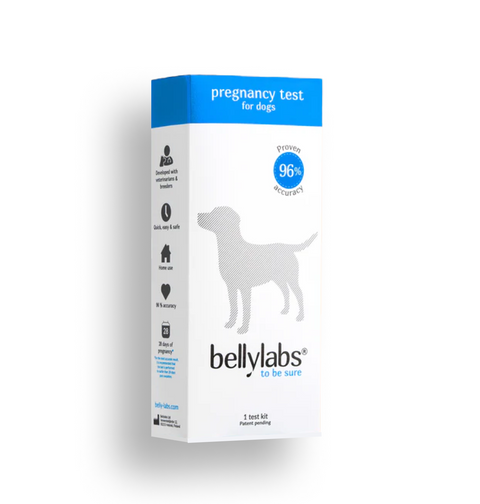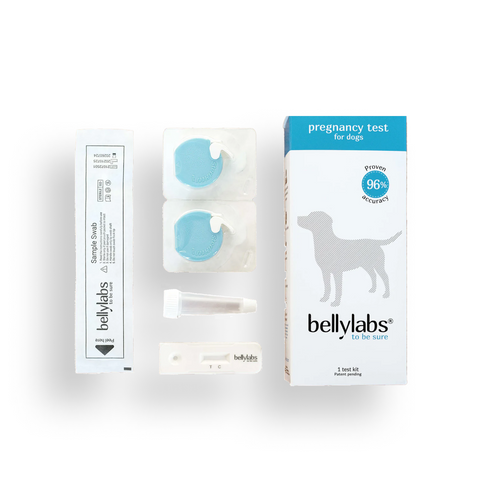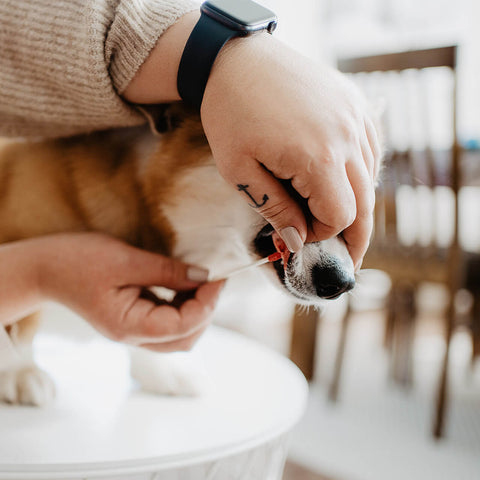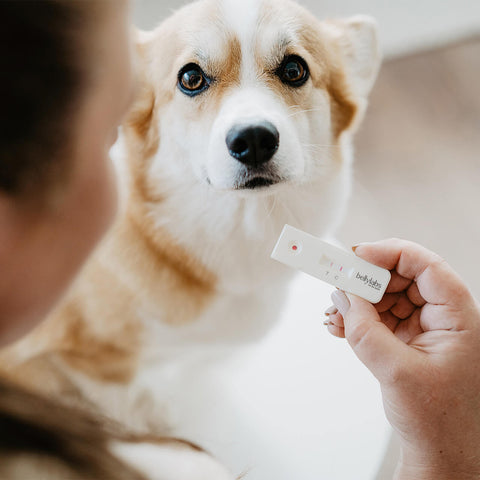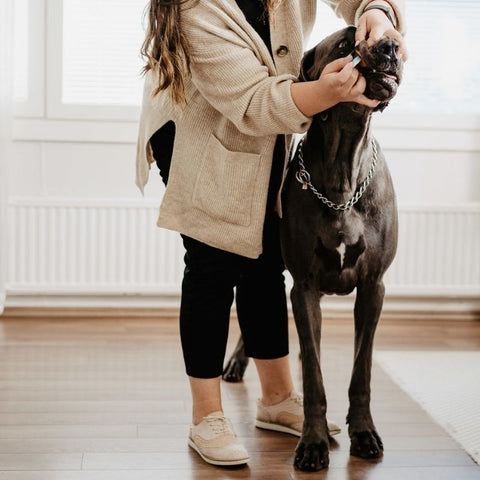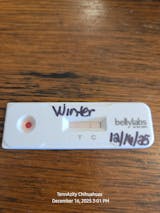Low birth weight is a significant risk factor for neonatal mortality across various species. However, defining low birth weight in canines is challenging due to considerable size variability between breeds. Understanding which puppies are at higher risk of neonatal death is crucial for implementing appropriate care strategies. In this study, data from over 6,000 puppies from different breeds were analyzed to identify factors influencing neonatal mortality and establish breed-specific birth weight thresholds for risk assessment.
Key Findings:
- Generalized linear mixed models revealed that birth weight, birth weight variation within litters, and the size of the breeding kennel were significant risk factors for neonatal mortality in puppies.
- Receiver Operating Characteristics (ROC) and classification and regression tree (CART) analyses were employed to determine breed-specific birth weight thresholds. ROC analysis successfully established thresholds for 12 breeds, while CART analysis provided thresholds for 22 breeds.
- Thresholds ranged widely across breeds, from 162g in Maltese to 480g in Bernese Mountain dogs. Puppies were categorized into low, moderate, and high-risk groups based on birth weight relative to these thresholds.
- Approximately 44% of the puppies were classified as at moderate risk, while 5.3% were classified as high risk of neonatal mortality.
- The study highlights the importance of breed-specific analyses due to significant differences in birth weight distributions even within the same size category.
This study underscores the critical role of birth weight in predicting neonatal mortality in puppies. By identifying high-risk puppies through breed-specific birth weight thresholds, tailored care strategies can be implemented to improve their chances of survival. The findings emphasize the need for further research to establish thresholds for additional canine breeds and to better understand factors influencing fetal growth. Implementing these findings can enhance both animal welfare and kennel productivity, ultimately leading to improved neonatal survival rates in canines. Moreover, the evaluation of birth weight at birth is a simple and cost-effective tool that can be readily employed in the field, offering immediate results without invasive procedures.
Authors: Amélie Mugnier, Hanna Mila, Florine Guiraud, Julie Brévaux, Manon Lecarpentier, Clara Martinez, Claire Mariani, Achraf Adib-Lesaux, Sylvie Chastant-Maillard, Claude Saegerman, Aurélien Grellet





